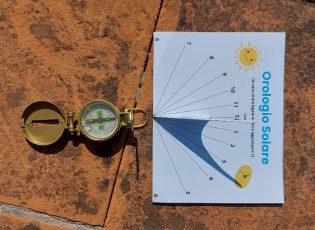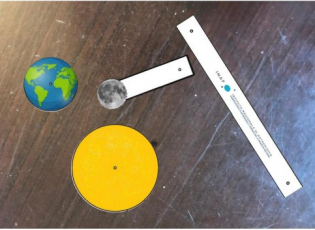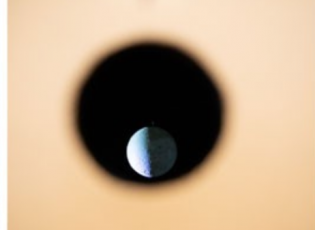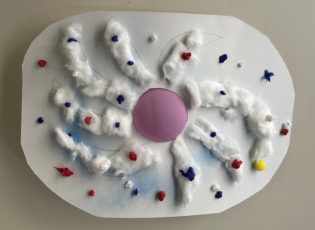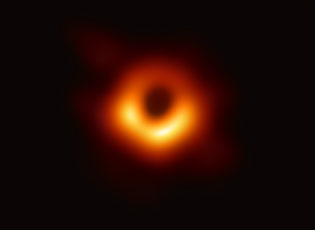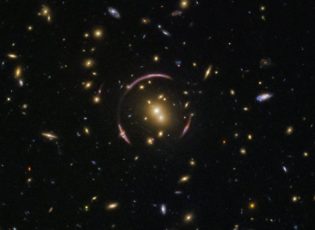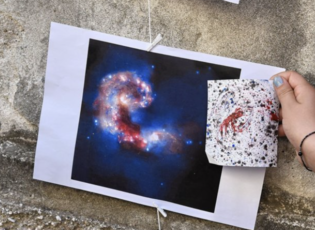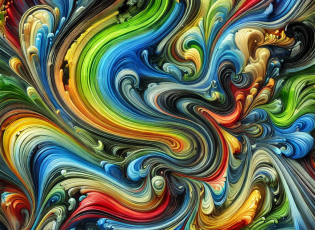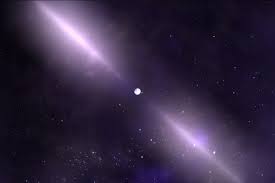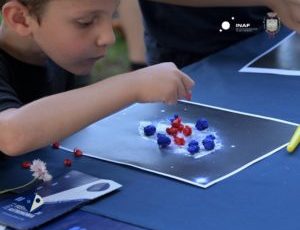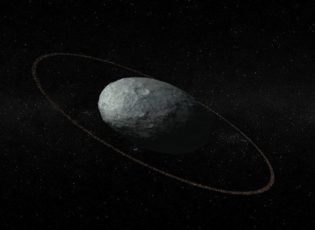Lets build a sundial
With this activity you can quickly build your own paper sundial and find out what time it is by using the Sun! The performance is better if the watch pattern is printed on a cardboard. As an alternative, you can print it on normal paper and glue the sheet on a cardboard, or a file folder, before cutting and assembling. Necessary Materials Copy of the sheet Sundial (better if printed on cardboard) Scissors Tape (Scotch tape) (optional) file folder (optional) glue stick What to do and how to observe ReadLEGGI TUTTO

